The Alternative Lending Platform Market is currently characterized by a dynamic competitive landscape, driven by technological advancements and evolving consumer preferences. Key players such as LendingClub (US), Upstart (US), and Funding Circle (GB) are at the forefront, each adopting distinct strategies to enhance their market positioning. LendingClub (US) has focused on expanding its product offerings, particularly in personal loans and small business financing, while Upstart (US) leverages artificial intelligence to refine its credit assessment processes, thereby improving loan approval rates. Funding Circle (GB) emphasizes its role in facilitating peer-to-peer lending, which not only diversifies its funding sources but also enhances its appeal to both borrowers and investors. Collectively, these strategies contribute to a competitive environment that is increasingly defined by innovation and customer-centric solutions.
In terms of business tactics, companies are increasingly localizing their services to better meet regional demands, which appears to be a response to the diverse needs of borrowers across different markets. The competitive structure of the Alternative Lending Platform Market is moderately fragmented, with numerous players vying for market share. This fragmentation allows for a variety of business models to coexist, fostering an environment where innovation can thrive. The collective influence of key players is significant, as they set benchmarks for service quality and operational efficiency.
In August 2025, LendingClub (US) announced a strategic partnership with a major fintech firm to enhance its digital lending capabilities. This collaboration is expected to streamline the loan application process, making it more user-friendly and efficient. Such a move not only positions LendingClub (US) as a leader in digital transformation but also reflects a broader trend within the industry towards integrating advanced technology to improve customer experience.
In September 2025, Upstart (US) launched a new AI-driven platform aimed at improving access to credit for underserved populations. This initiative underscores Upstart's commitment to inclusivity and financial empowerment, potentially expanding its customer base while addressing social equity issues. The strategic importance of this move lies in its alignment with current consumer expectations for responsible lending practices, which may enhance Upstart's reputation and market share.
In July 2025, Funding Circle (GB) expanded its operations into new European markets, signaling a strategic push for geographical diversification. This expansion is likely to enhance its competitive edge by tapping into new customer segments and diversifying its revenue streams. Such strategic actions reflect a growing trend among alternative lenders to seek growth opportunities beyond their traditional markets, thereby increasing their resilience against localized economic fluctuations.
As of October 2025, the competitive trends within the Alternative Lending Platform Market are increasingly shaped by digitalization, sustainability, and the integration of artificial intelligence. Strategic alliances are becoming more prevalent, as companies recognize the value of collaboration in enhancing their technological capabilities and market reach. Looking ahead, competitive differentiation is expected to evolve, with a notable shift from price-based competition towards innovation, technology adoption, and supply chain reliability. This evolution suggests that companies that prioritize these aspects will likely emerge as leaders in the market.


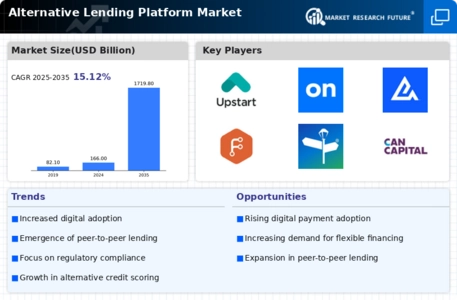
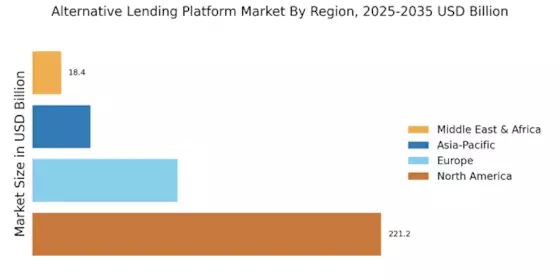
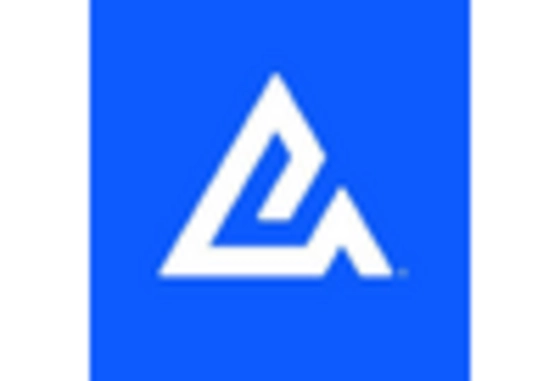

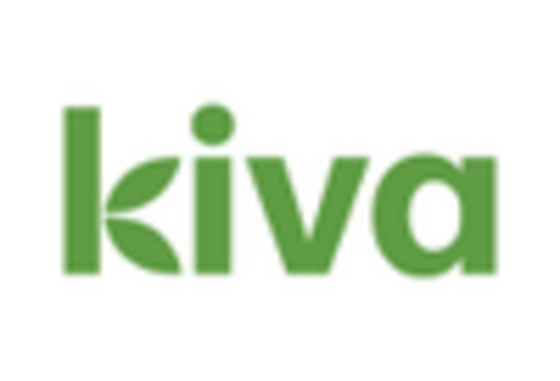

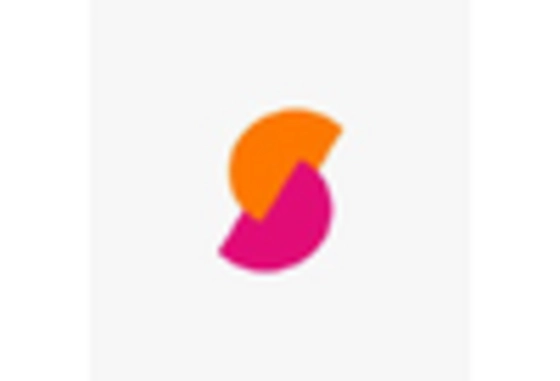









Leave a Comment